Solar-powered generators have become increasingly popular as homeowners look for cleaner, quieter, and more reliable alternatives to traditional gas-powered generators. Whether you're preparing for power outages, going off-grid, or simply cutting down on utility bills, a solar generator can be an excellent investment.
In this guide, we'll walk you through everything you need to know to choose the right solar-powered generator for your home—from types and features to power capacity and usage.
What Is a Solar-Powered Generator?
A solar-powered generator captures sunlight using photovoltaic (PV) panels and converts it into electricity. That electricity is either used immediately or stored in batteries for later use. Unlike fuel generators, solar generators are eco-friendly, silent, and require little to no maintenance.
Core Components:
- Solar Panels – Capture sunlight and convert it to DC electricity.
- Battery Storage – Stores energy for use during nighttime or cloudy weather.
- Inverter – Converts DC electricity into AC electricity for household appliances.
- Charge Controller – Regulates energy flow to prevent battery overcharging.
Uses of a Solar Generator at Home
- Providing emergency backup power during blackouts.
- Powering appliances like refrigerators, routers, and lights during outages.
- Charging essential electronics on camping or RV trips.
- Supporting remote or off-grid living.
- Powering tools and devices during storms or natural disasters.
Types of Solar Generators for Home Use
1. Whole-House Solar Generators
Best for: Large homes or families needing full-home backup during outages.
- Capacity: 5000Wh and above
- Pros: Powers high-wattage appliances like AC units and refrigerators; expandable battery options; long runtime.
- Cons: Higher upfront cost; may require professional installation.
2. Portable Solar Generators
Best for: Camping, road trips, or powering a few essential devices during emergencies.
- Capacity: 500Wh to 3000Wh
- Pros: Compact, lightweight, and easy to move; plug-and-play setup.
- Cons: Limited capacity; may not support high-wattage appliances.
Key Features to Consider When Buying a Solar Generator
1. Battery Capacity (Watt-Hours)
This determines how much power the generator can store. For household use, aim for at least 2000Wh, and ideally 3000Wh or more to support multiple devices.
2. Surge Power Capacity
Surge capacity refers to the extra power needed to start devices like refrigerators and power tools. Choose a generator that can handle at least double the running wattage of these appliances.
3. Inverter Type
A pure sine wave inverter is ideal for sensitive electronics like laptops, medical equipment, and TVs. It ensures smooth and consistent electricity output.
4. Charging Options
Look for multiple charging methods:
- Solar Charging – Eco-friendly and renewable.
- Wall Outlet Charging – Fast and convenient.
- Car Charging – Useful for mobile scenarios and emergencies.
5. Output Ports
A versatile generator should include:
- AC outlets for standard appliances.
- DC outlets for car-style plugs.
- USB ports for phones, tablets, and other devices.
6. Portability
Choose a lightweight model with handles or wheels if you plan to use it outdoors or during evacuations.
7. Expandability
Some models support external battery expansion to increase runtime. Look for this if you anticipate growing your power needs.
8. Advanced Features
- MPPT Charge Controllers – Maximize solar panel efficiency.
- Waterproof and Dustproof Housing – Extends the generator's lifespan.
- Low-Noise Operation – Ideal for indoor or nighttime use.
What Can a Solar Generator Power?
| Device | Minimum Required Capacity |
|---|---|
| Smartphone | 10Wh–20Wh |
| Laptop | 50Wh–100Wh |
| Wi-Fi Router | 100Wh/day |
| CPAP Machine | 300Wh–500Wh/night |
| Refrigerator | 1000Wh–2000Wh/day |
| TV | 150Wh–400Wh |
| Air Conditioner | 3000Wh–5000Wh+ |
How to Choose the Right Size Generator for Your House?
- List all essential appliances.
- Check their wattage requirements.
- Add up the daily consumption.
- Match that with a generator of sufficient capacity.
- Light Use (phones, routers, lights): 500Wh–1000Wh
- Moderate Use (fridge, laptop, TV): 2000Wh–3000Wh
- Whole-Home Use: 5000Wh and above
Recharge Time and Efficiency
Solar recharge time depends on:
- Battery capacity
- Wattage of your solar panels
- Sunlight availability
- MPPT controller efficiency
For faster recharges, choose a system with high-wattage solar input and an MPPT charge controller.
Conclusion
A solar-powered generator is a smart and sustainable solution for home backup power. Whether you're preparing for emergencies or looking to live off-grid, solar generators provide clean, silent, and renewable energy.
- For full-home backup: Choose a high-capacity whole-house solar generator.
- For light use or emergencies: Opt for a portable model with around 1000–3000Wh.
- For best performance: Ensure it includes MPPT charging, pure sine wave inverter, and expandability.
Ready to Buy?
Explore the latest and most reliable models from OUPES—trusted for dependable solar power solutions.
FAQs
Do solar generators come with panels?
Some do, while others require separate purchase. Always check product specs for compatibility.
Can a solar generator run a refrigerator or A/C?
Yes, but you’ll need at least a 2000Wh unit for refrigerators and a more powerful setup for air conditioners.
Are solar generators better than gas generators?
They are quieter, eco-friendly, require no fuel, and are ideal for indoor and outdoor use.
What size solar generator is best for home use?
For whole-house backup, go for 5000Wh+. For smaller needs, 1000Wh–3000Wh is often sufficient.


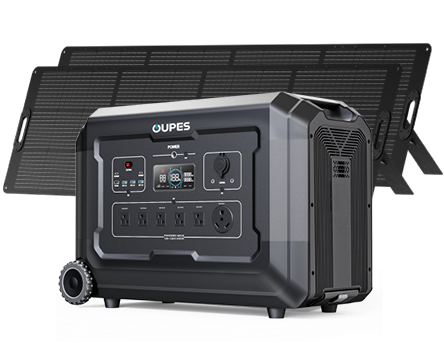
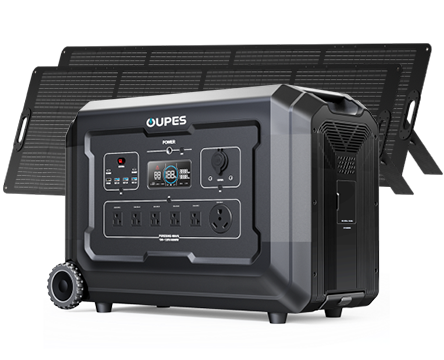
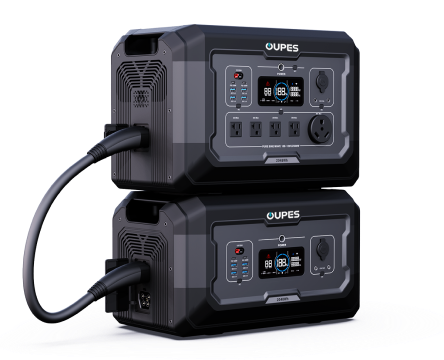
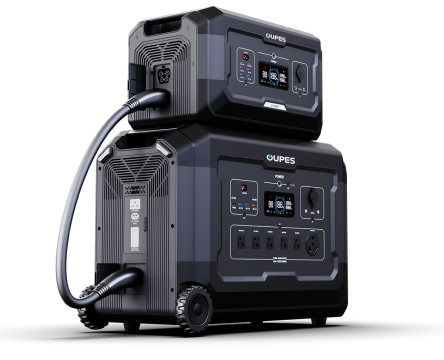
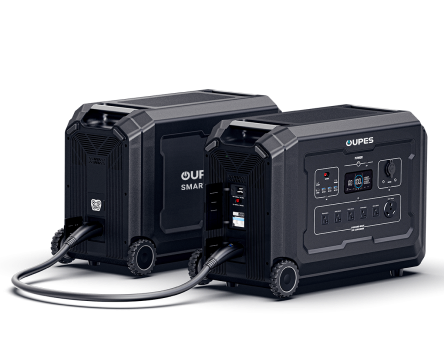
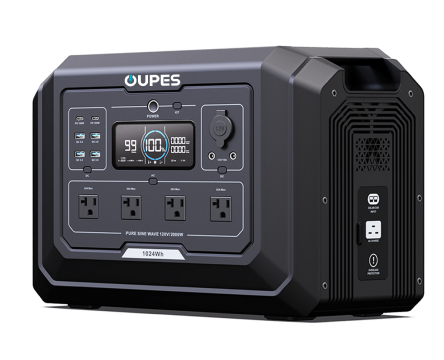
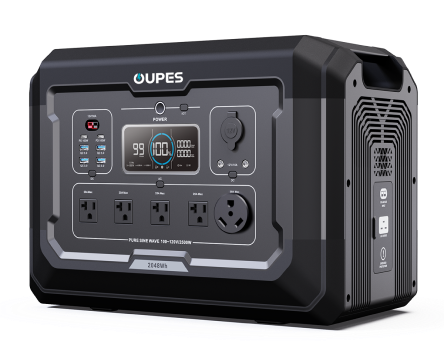
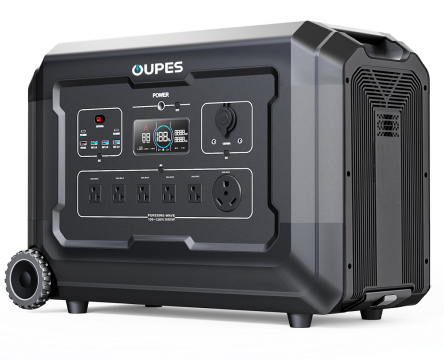
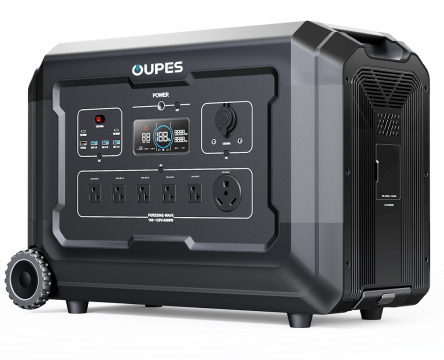
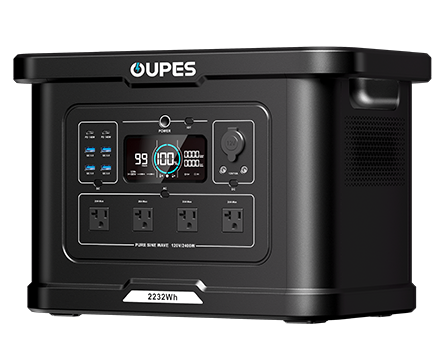
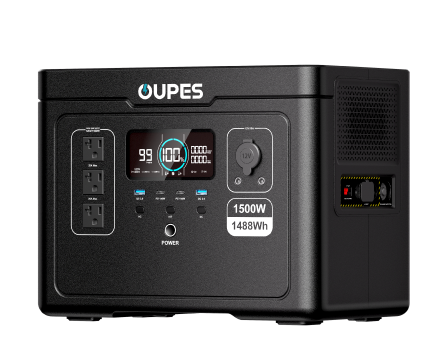
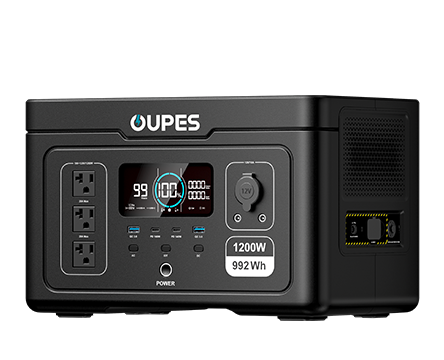
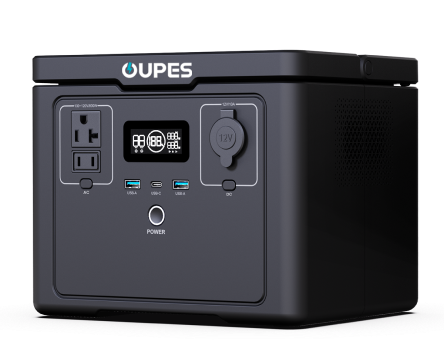
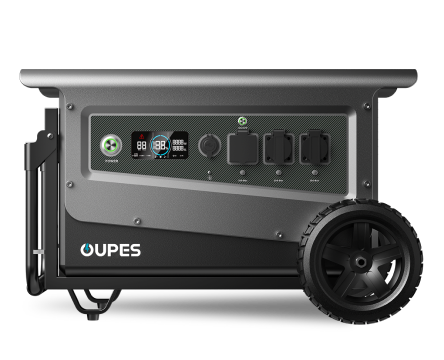
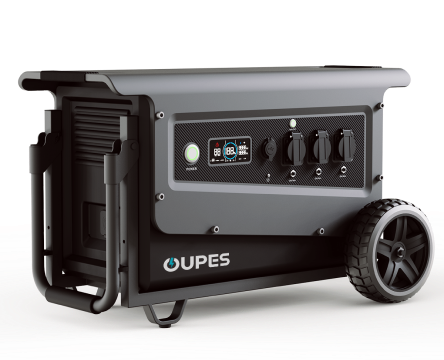
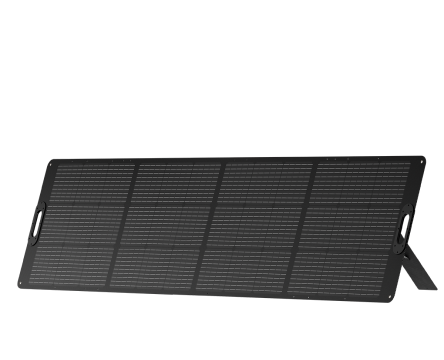
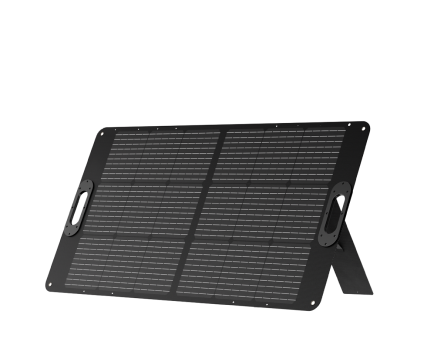
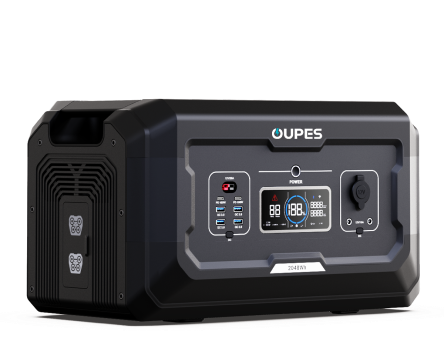
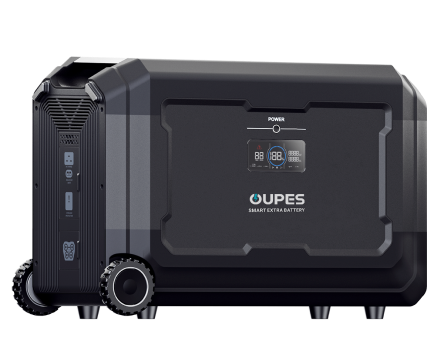
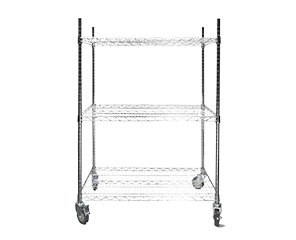
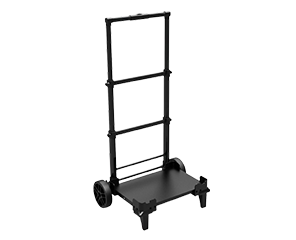
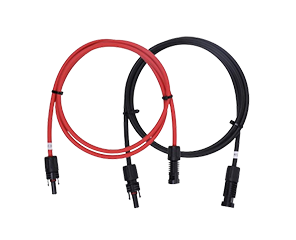





Leave a comment
This site is protected by hCaptcha and the hCaptcha Privacy Policy and Terms of Service apply.